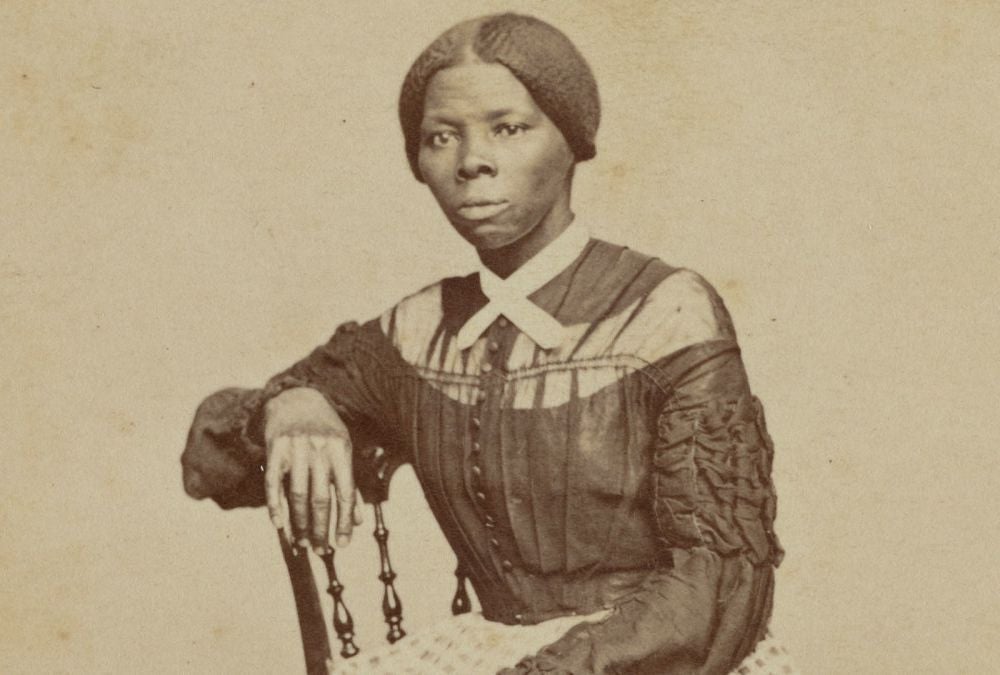
An Activist for the Ages


With the release of “Harriet,” the film dramatization of Harriet Tubman’s life, the woman best known for risking her life to free slaves through the Underground Railroad would seem to be enjoying a moment in the spotlight.
While that might be the case, it’s a narrow truth that fails to adequately convey the depth of her continued influence on the African American experience, scholars at UC Santa Barbara say.
“Tubman declared ‘black lives matter’ well before the modern movement,” said Ingrid Banks, an associate professor of and chair of the Department of Black Studies. “In shepherding enslaved African Americans to freedom, she recognized that her freedom was tied to the broader black freedom struggle to not only end slavery, but to push the republic to recognize black people as human beings.
“What her pioneering activism and the modern movement have in common,” she continued, “are two-fold: Recognizing black humanity (and therefore black citizenship); and the invaluable activism by black women in centering the humanity of black people.”
The contours of Tubman’s story — the escaped slave who led hundreds of African Americans to freedom — is familiar to most people in the U.S. Today it’s a tale of inspiration and courage. In the middle of the 19th century, however, she was considered something much more sinister: a radical, even a terrorist.
John Majewski, the Michael Douglas Dean of Humanities and Fine Arts and a professor of history, explained that one of the flashpoints of contention between the North and South was the Fugitive Slave Act of 1850. Based on the Constitution’s Fugitive Slave Clause, which mandated the return of escaped slaves to their owners, the act horrified abolitionists in the North.
It also forced Northerners, even those who wanted to ignore slavery as a Southern problem, to confront the evil of human bondage — something Tubman understood.
“And this is the brilliance of Harriet Tubman and abolitionists and the Underground Railroad,” said Majewski, a Civil War scholar. “They knew the issue of fugitive slaves was polarizing. They knew it would force Northerners to take a position.”
What’s more, he said, helping fugitive slaves escape raised the question of using violence to end slavery. Tubman helped plan, but did not participate, in abolitionist John Brown’s doomed raid on Harper’s Ferry in 1859. Sixteen people died in the attack.
“From their perspective, Southerners at the time would view her in today’s terms as a terrorist, literally trying to instigate terror among slaveholders so they’ll give up on the institution,” Majewski said. “And certainly John Brown radicalized both Northerners and Southerner in way that made secession and Civil War much more likely.”
And yet with all her works, the label most apt today for Tubman is activist, Banks said.
“She was an enemy to Southerners invested in maintaining the institution of slavery as well as Northerners who believed that black people were inferior to whites,” Banks said. “She was arguably the most effective activist of her time because of her work on the Underground Railroad, her activism in support of the Union cause during the Civil War, and her ability to draw audiences in during speeches about her life and work to garner support for abolition. Tubman ‘talked with her feet.’ That is, she wasn’t simply giving speeches like some abolitionists. She couldn’t read or write like some abolitionists who wrote about abolishing slavery.
“She continually risked her life,” she continued, “sometimes in plain sight, by traveling back and forth across the Mason Dixon line to spite slavery and in spite of the danger. She spoke, she raised money and she literally took black lives in her hands. She was revered by black people. When white Union soldiers tipped their hats to ‘General Tubman,’ it illustrated the magnitude of her reputation as an activist.”
Indeed, one of Tubman’s great strengths was her ability to organize people, to inspire others to fight slavery. One of the fascinating elements of the Civil War, Majewski said, is “how actions of individuals, seemingly acting on the small scale, could come together with other small-scale actions and have huge ramifications. And it was individuals like Harriet Tubman — who did not have any formal political power themselves — who helped free the enslaved and helped the North win the war.”
Tubman died in 1913 at the presumed age of 93 (her exact date of birth is unknown), but her spirit of activism ripples through time and the works of activists and scholars such as Martin Luther King Jr., Malcolm X, James Baldwin, Rosa Parks and many more. But in the era of Black Lives Matter her most important legacy is as a role model, according to the scholars.
“Absolutely,” Banks said. “Tubman was 5 feet tall and strong physically and mentally, thereby challenging both the physical and mental stereotypes of womanhood during the Victorian Era. She is often portrayed as a heroine with ‘super human’ abilities. However, the trope of Tubman as a superwoman is problematic, as it dehumanizes her as a black woman. Her feats were amazing because she never took black people’s lives and liberty for granted. It was her faith in God, herself and black people that inspired her actions, not some racist-sexist caricature of black womanhood. When I teach about Tubman, whether to college students or elementary-aged students, they are rapt by who she was and what she did. Like me, students are inspired.”



